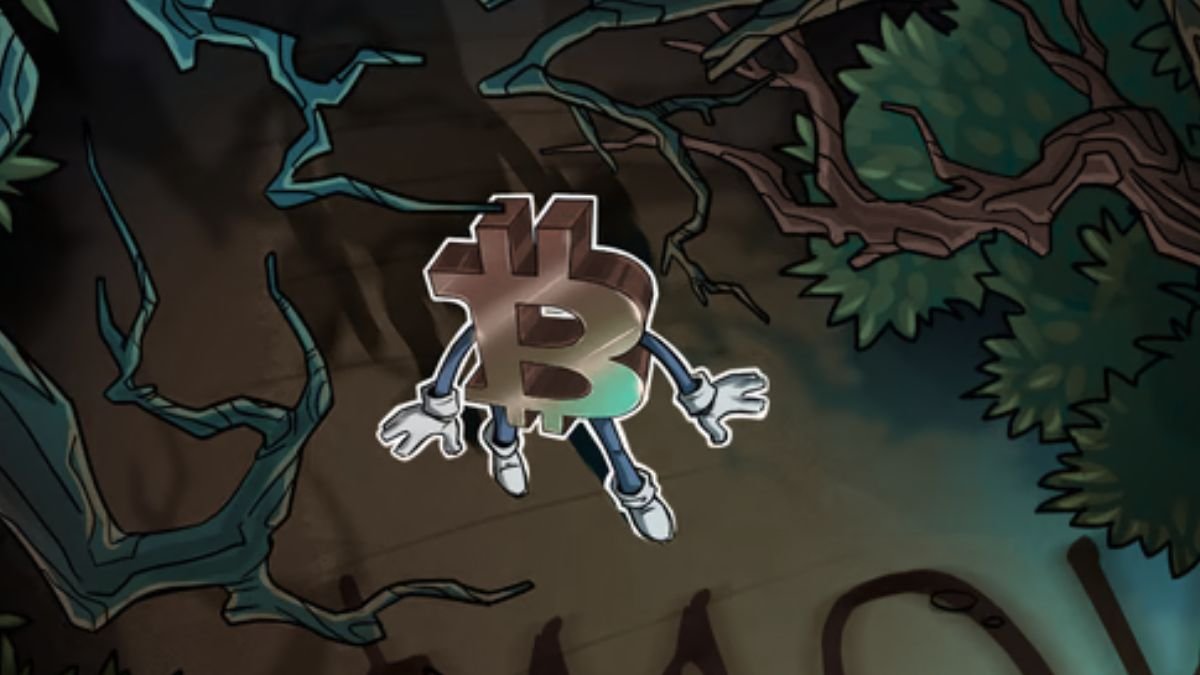
August 5, 2025 — Bitcoin (BTC) is trading under pressure this week, failing to reclaim the $115,500 mark on Monday and briefly testing support near $112,000. However, despite growing caution among BTC options traders, market signals suggest the cryptocurrency remains fundamentally stable.
Options Traders Seek Downside Protection
According to data from Deribit, demand for put (sell) options has surged in recent days, pushing the put-to-call ratio to 90%. That’s a significant rise from the usual 50% average — and levels above 100%, seen last Friday and Saturday, are rare and often reflect fear or hedging against macroeconomic risks.
At the same time, the 30-day options skew — a measure of whether puts are more expensive than calls — rose to +7%, its highest in four months. This shift shows that traders are willing to pay a premium to guard against downside moves, a common behavior during times of increased market uncertainty.
“It’s a sign of caution, not necessarily outright bearishness,” analysts noted, pointing out that the market may be hedging against broader macroeconomic headwinds rather than betting on a BTC collapse.
Global Uncertainty Fuels Risk-Off Sentiment
The spike in demand for protection comes amid rising global tensions and disappointing earnings from major companies:
- Caterpillar (CAT) warned of potential $1.5 billion in losses due to U.S. import tariffs.
- Saudi Aramco posted a 19% drop in profits on falling oil prices.
- Kimberly Clark, Carrier Global, and UPS all revised earnings guidance downward due to higher costs and slowing demand.
Meanwhile, U.S. 10-year Treasury yields fell to 4.21%, down from 4.32% last week — a clear sign of investor flight to safety. When bond yields fall, it typically signals increased risk aversion, impacting high-risk assets like cryptocurrencies.
Futures Market Remains Stable
Despite this cautious backdrop, Bitcoin’s futures market tells a different story. The 2-month annualized premium for BTC futures remains at 7%, well within the neutral 5–10% range. This suggests that institutional and professional traders are not pricing in a major selloff at this time.
Even during Sunday’s brief dip to $112,000, futures premiums held steady — indicating resilience rather than panic.
Bottom Line
The elevated demand for BTC downside protection reflects broader macroeconomic uncertainty rather than a targeted bet on Bitcoin’s failure. With global markets adjusting to trade tensions, slowing corporate earnings, and AI-driven concentration risks, crypto investors are simply hedging their positions.
Still, with BTC trading below $115,500 and options sentiment shifting, traders will be watching closely to see whether Bitcoin can maintain support above $112,000 or if bearish forces gain the upper hand.
Disclaimer: Cryptocurrency markets are volatile and unpredictable. Investors should conduct their own research before making financial decisions.
Would you like a shorter summary version for social media or blog publication?





